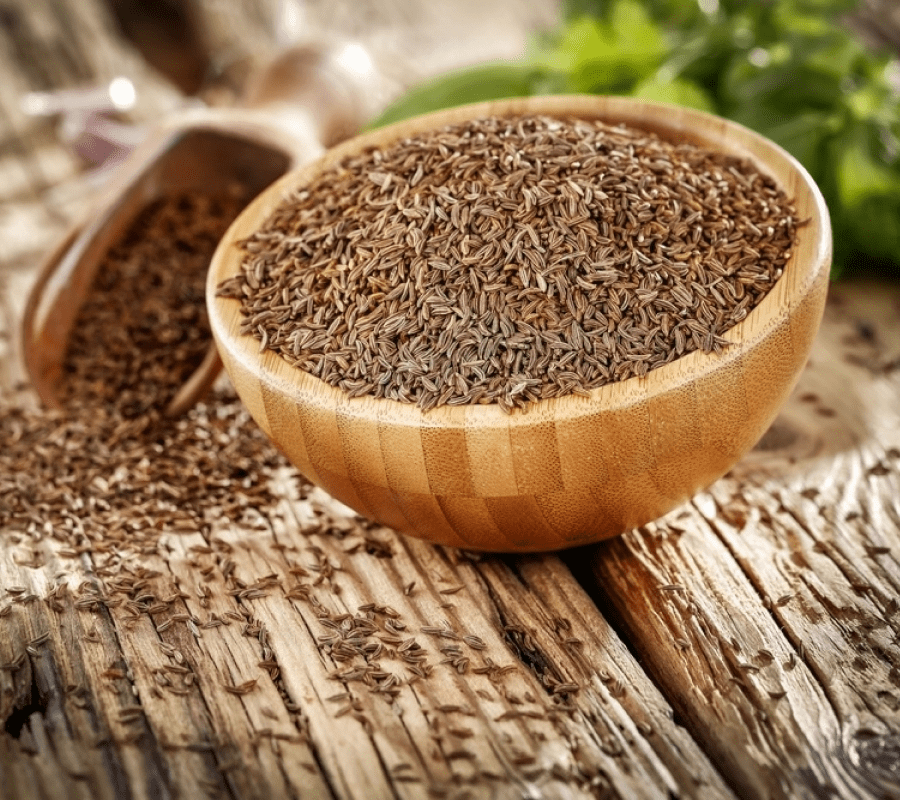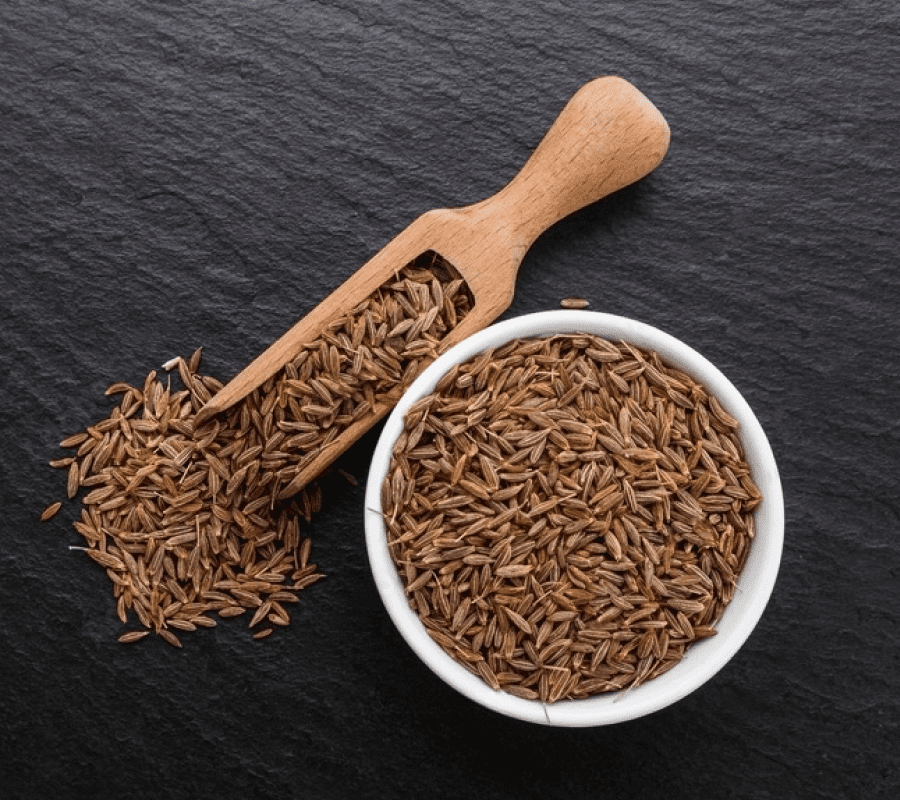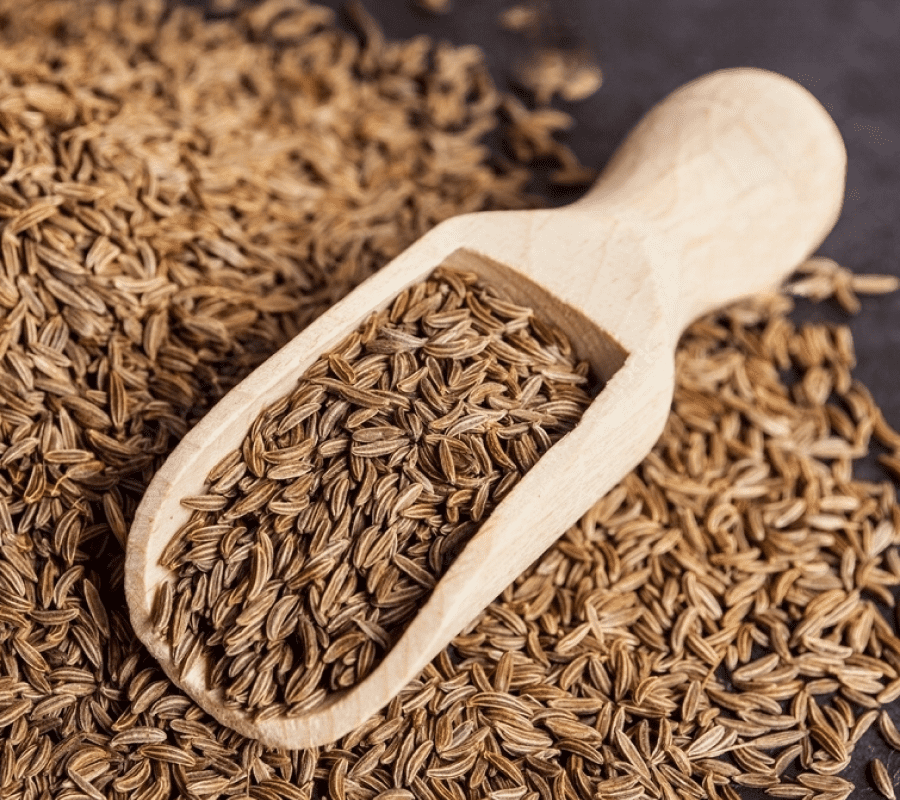Description
Appearance: Cumin seeds are small, elongated, and typically brown in color. They have a ridged or wrinkled texture.
Flavor and Aroma: Cumin seeds have a warm and earthy flavor with a hint of citrus and a slightly nutty undertone. They emit a strong, aromatic scent when toasted or ground.
Culinary Uses: Cumin seeds are used in both whole and ground forms. They are a key component in many spice blends, such as curry powder, garam masala, and taco seasoning. In various cuisines, cumin is used in dishes like curries, soups, stews, and rice. It’s a common ingredient in Middle Eastern, Indian, Mexican, and North African cooking.
Health Benefits: Cumin seeds have been associated with several potential health benefits. They are a good source of antioxidants, which can help combat oxidative stress. Some studies suggest that cumin may aid digestion, improve blood sugar control, and have anti-inflammatory properties.
Cultivation: Cumin is primarily grown in regions with warm climates, including India, the Middle East, and parts of the Mediterranean. The seeds are typically harvested from the plant’s dried fruit.
Nutritional Content: Cumin seeds are rich in nutrients, including iron, manganese, and various vitamins and minerals. They are also a good source of dietary fiber.
Cooking Tips: To release the full flavor of cumin seeds, it’s common to dry roast them in a pan before use. You can also grind them to create cumin powder, which is used in many recipes.
Cumin seeds are a versatile spice that can add depth and complexity to a wide range of dishes. Whether you’re preparing a spicy Indian curry, a Mexican salsa, or a Middle Eastern rice dish, cumin seeds can be a valuable addition to your culinary repertoire.
Cumin seeds are known by different names in various languages and cultures around the world. Here are some of the common names in different languages:
English: Cumin seeds
Hindi: Jeera (जीरा)
Arabic: Kamun (كمون)
Spanish: Comino
French: Cumin
Russian: Tmin (Тмин)
Italian: Cumino
Portuguese: Cominho
German: Kreuzkümmel
Chinese: Zīrán (孜然)
Japanese: Kumin No Tane (クミンの種)
Korean: Keuminssi (크민씨)
Thai: P̄hng yī̀h̄r̀ā (ผงยี่หร่า)
Indonesian: Biji Jinten
Vietnamese: Cây thì là
Malay: Biji Jintan Manis








